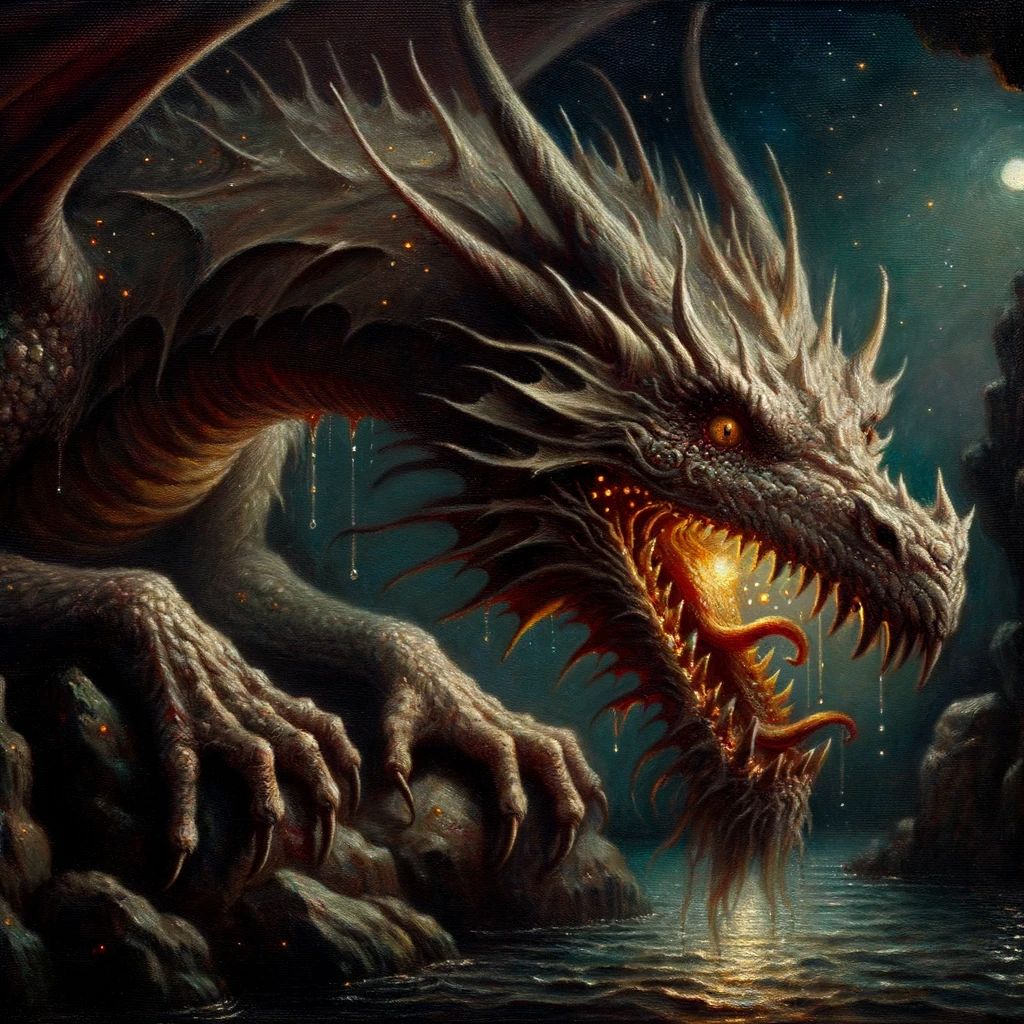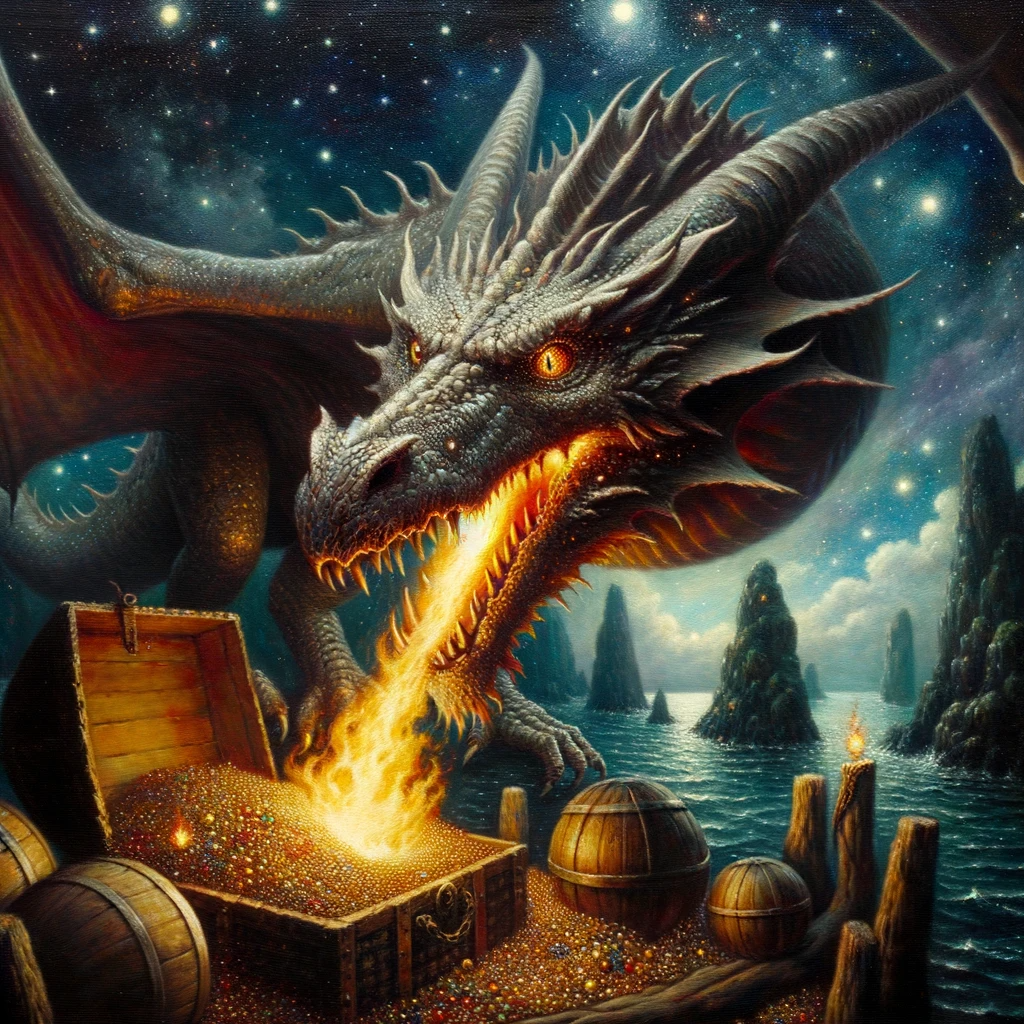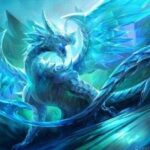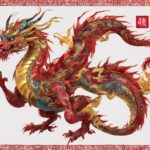Introduction
The epic poem “Beowulf” is a tapestry woven with the threads of valour, heroism, and the age-old battle between good and evil. At its heart lies a formidable antagonist, the fire-breathing dragon, a creature whose portrayal in the poem serves as a symbol of the ultimate challenge and the inexorable passage of time. In this article, we delve into the role and significance of the dragon in “Beowulf.”
The Dragon’s Introduction
The dragon appears late in the epic, in the third and final part of the poem. After the hero Beowulf has already vanquished the monstrous Grendel and Grendel’s mother, the dragon emerges as a new threat to the Geats, the people of Beowulf’s homeland. The dragon’s introduction marks a crucial turning point in the story, where the aging hero faces his most formidable adversary.
Symbolism and Themes
The dragon symbolises various themes within “Beowulf.” Firstly, it represents the inevitability of death and the passage of time. The dragon guards an ancient treasure hoard, and its wrath is awakened when a single cup is stolen from the hoard. This treasure, amassed over centuries, mirrors the fleeting nature of worldly wealth and the destructive force of greed.
Secondly, the dragon embodies the concept of fate and the heroic code. Beowulf’s decision to confront the dragon, despite his advanced age, illustrates his commitment to the heroic code of honour and duty. The dragon’s appearance calls into question whether glory in battle is worth the ultimate sacrifice.

The Battle with Beowulf
The climactic battle between Beowulf and the dragon is a vivid and intense confrontation. Armed with an iron shield, Beowulf leads a group of warriors to face the dragon. During the battle, Beowulf’s sword, Naegling, shatters against the dragon’s scales, leaving him vulnerable. It is Wiglaf, one of Beowulf’s loyal companions, who comes to his aid. Together, they manage to mortally wound the dragon, but Beowulf is fatally injured in the process.
The Hero’s Death
Beowulf’s demise at the hands of the dragon is a poignant moment in the poem. As he lies dying, Beowulf reflects on his life and the legacy he leaves behind. He knows that his people will mourn his loss and that his kingdom will face uncertain times without him. However, he takes comfort in the knowledge that he has fulfilled his duty and faced his fate with courage.
Conclusion
The dragon in “Beowulf” serves as a powerful symbol of the inexorable march of time and the challenges that await even the greatest of heroes. Its role in the epic underscores themes of fate, honour, and the transience of human existence. Ultimately, the dragon’s presence in “Beowulf” highlights the enduring relevance of this ancient tale, reminding us of the timeless struggle between good and evil and the heroism that defines the human spirit.
For more dragon content please subscribe to the Everything Dragon YouTube Channel or follow us on Instagram




